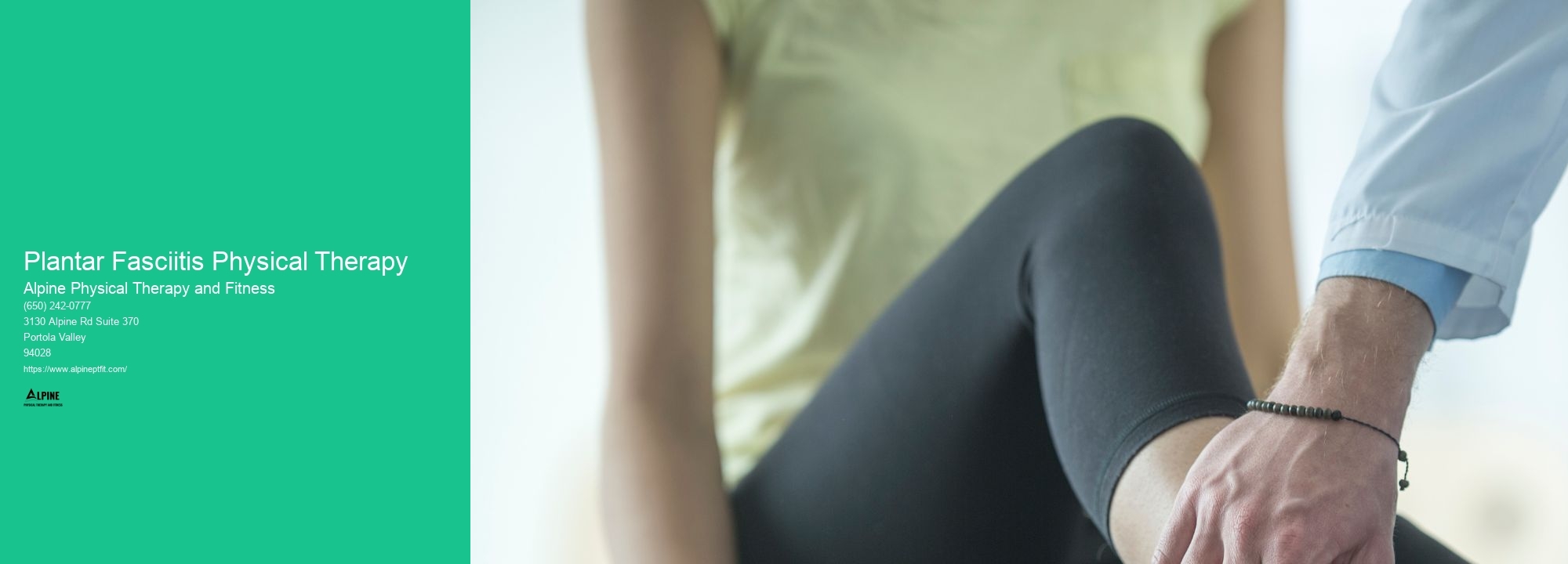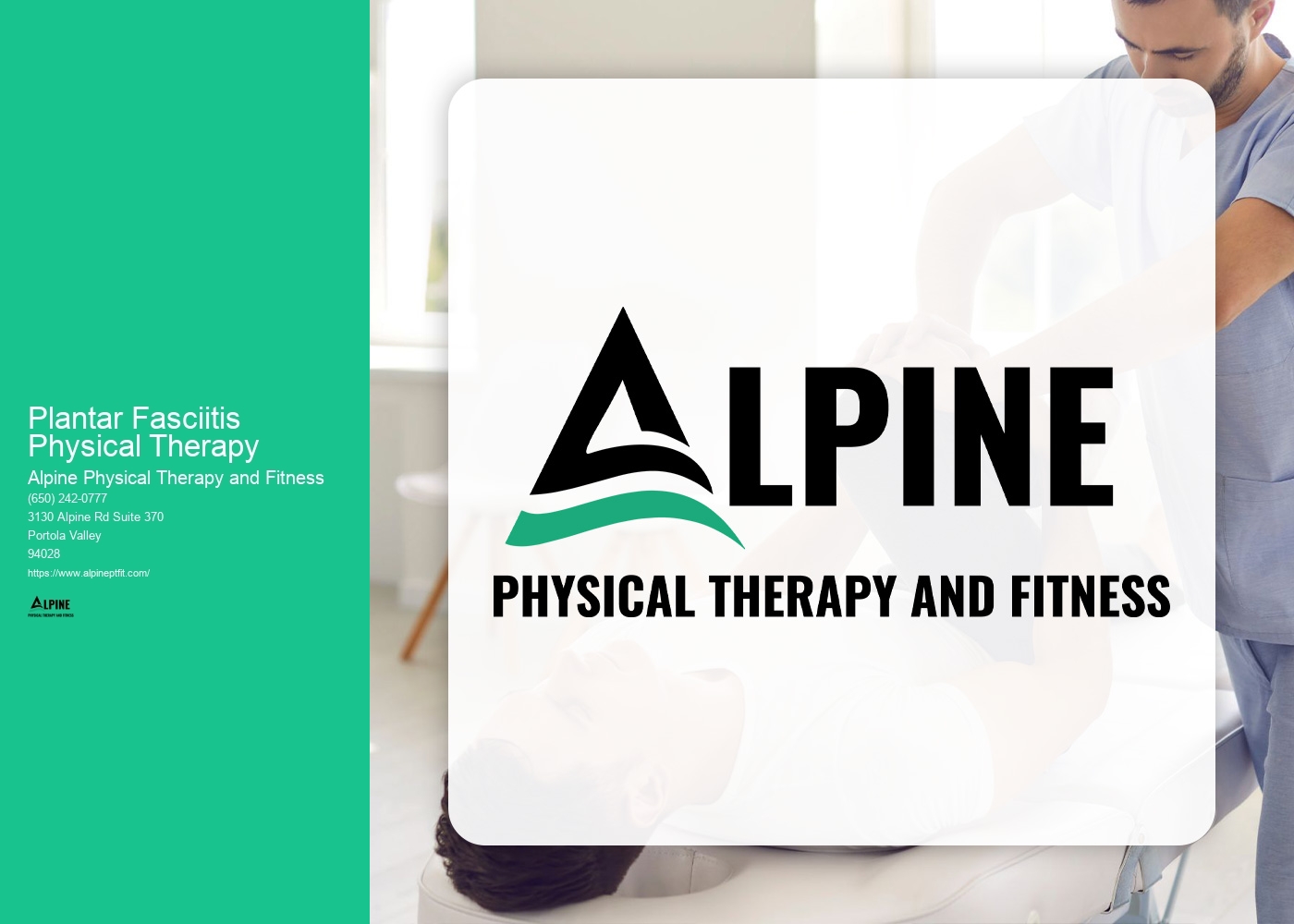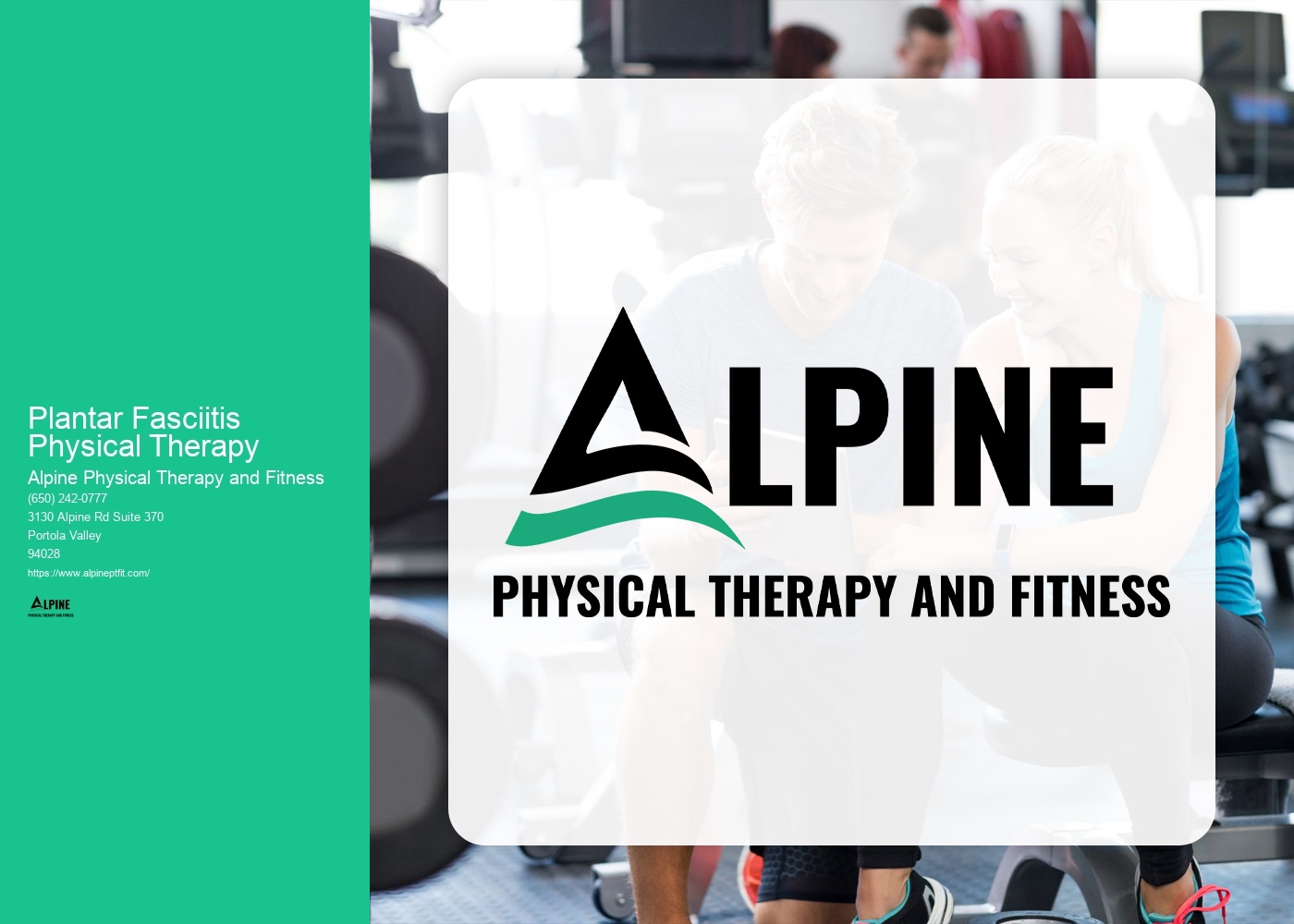

Plantar fasciitis is a common foot condition that causes pain and inflammation in the plantar fascia, a thick band of tissue that runs along the bottom of the foot. It is often characterized by sharp, stabbing pain in the heel or arch of the foot, especially when taking the first steps in the morning or after periods of rest. The pain may also worsen after prolonged standing or physical activity. Other symptoms of plantar fasciitis include stiffness, tenderness, and aching in the affected area.
The exact cause of plantar fasciitis is not always clear, but it is often associated with repetitive strain or overuse of the plantar fascia. This can occur due to activities that put excessive stress on the foot, such as running, jumping, or standing for long periods of time. Factors that can increase the risk of developing plantar fasciitis include obesity, tight calf muscles, high arches, flat feet, and wearing improper footwear that does not provide adequate support.
Diagnosing plantar fasciitis typically involves a physical examination and a discussion of the patient's symptoms and medical history. The healthcare provider may also perform imaging tests, such as an X-ray or MRI, to rule out other possible causes of foot pain. These tests can help confirm the diagnosis and determine the extent of the damage to the plantar fascia.

Treatment options for plantar fasciitis aim to relieve pain, reduce inflammation, and promote healing of the plantar fascia. Conservative treatments are usually recommended as the first line of treatment and may include rest, ice therapy, over-the-counter pain medications, and wearing supportive footwear or orthotic inserts. Physical therapy can also be beneficial in the treatment of plantar fasciitis. A physical therapist can provide exercises and stretches to strengthen the foot and calf muscles, improve flexibility, and reduce pain.
Physical therapy can be an effective treatment option for plantar fasciitis. A physical therapist can develop a personalized treatment plan that includes exercises and stretches to target the specific areas of the foot and calf muscles affected by plantar fasciitis. These exercises can help strengthen the muscles, improve flexibility, and reduce pain. Additionally, a physical therapist can provide guidance on proper footwear and orthotic inserts to support the foot and alleviate pressure on the plantar fascia.

There are several exercises and stretches that can be done to alleviate plantar fasciitis pain. One common exercise is the towel stretch, where the person sits on the floor with their legs extended in front of them and loops a towel around the ball of their foot. They then gently pull the towel towards them, stretching the calf and plantar fascia. Another exercise is the calf stretch, where the person stands facing a wall and places their hands on the wall for support. They then step one foot back, keeping the heel on the ground, and lean forward to stretch the calf muscle. Additionally, rolling a frozen water bottle or a tennis ball under the foot can provide relief by massaging the plantar fascia.
In conclusion, plantar fasciitis is a common foot condition characterized by pain and inflammation in the plantar fascia. It is often caused by repetitive strain or overuse of the foot, and can be diagnosed through a physical examination and imaging tests. Treatment options include rest, ice therapy, pain medications, supportive footwear, and physical therapy. Physical therapy can be beneficial in relieving pain and promoting healing, and exercises and stretches such as the towel stretch, calf stretch, and massaging with a frozen water bottle or tennis ball can help alleviate plantar fasciitis pain.

Yes, the Alexander Technique can be effectively integrated into physical therapy for posture correction. The Alexander Technique is a holistic approach that focuses on improving body alignment, movement coordination, and postural habits. By incorporating the principles of the Alexander Technique into physical therapy sessions, therapists can help patients develop a greater awareness of their posture and movement patterns. This can lead to improved body mechanics, reduced muscle tension, and enhanced overall posture. The Alexander Technique can complement traditional physical therapy techniques by providing patients with tools to consciously adjust and maintain proper alignment and posture throughout their daily activities. By integrating the Alexander Technique into physical therapy, therapists can offer a comprehensive approach to posture correction that addresses both the physical and mental aspects of movement and alignment.
Manual therapy techniques have been shown to be effective in alleviating symptoms of temporomandibular joint dysfunction (TMJ). These techniques, which include mobilization, manipulation, and soft tissue techniques, aim to improve the range of motion, reduce pain, and restore normal function to the jaw joint. By applying specific manual pressure and movements to the affected area, manual therapists can help release tension, reduce muscle spasms, and improve joint alignment. Additionally, manual therapy can help address any underlying musculoskeletal imbalances or dysfunctions that may be contributing to TMJ symptoms. Overall, manual therapy techniques can provide significant relief for individuals suffering from TMJ, improving their quality of life and restoring normal jaw function.
There are several exercises that can help aging individuals maintain their independence. Strength training exercises, such as lifting weights or using resistance bands, can help improve muscle strength and prevent muscle loss. Balance exercises, such as standing on one leg or practicing tai chi, can help improve stability and reduce the risk of falls. Flexibility exercises, such as stretching or yoga, can help improve range of motion and maintain joint health. Endurance exercises, such as walking or swimming, can help improve cardiovascular health and overall stamina. It is important for aging individuals to consult with a healthcare professional before starting any exercise program to ensure it is safe and appropriate for their specific needs.
Yes, there are specialized techniques for treating infant torticollis. One commonly used technique is called passive stretching, where a healthcare provider gently moves the baby's head in different directions to help improve range of motion. Another technique is called active stretching, where the baby is encouraged to move their head on their own through play and exercises. Additionally, positioning techniques such as tummy time and using special pillows or supports can help to alleviate the symptoms of torticollis. It is important for parents to work closely with healthcare professionals to develop a personalized treatment plan for their infant, as each case of torticollis may require different interventions.